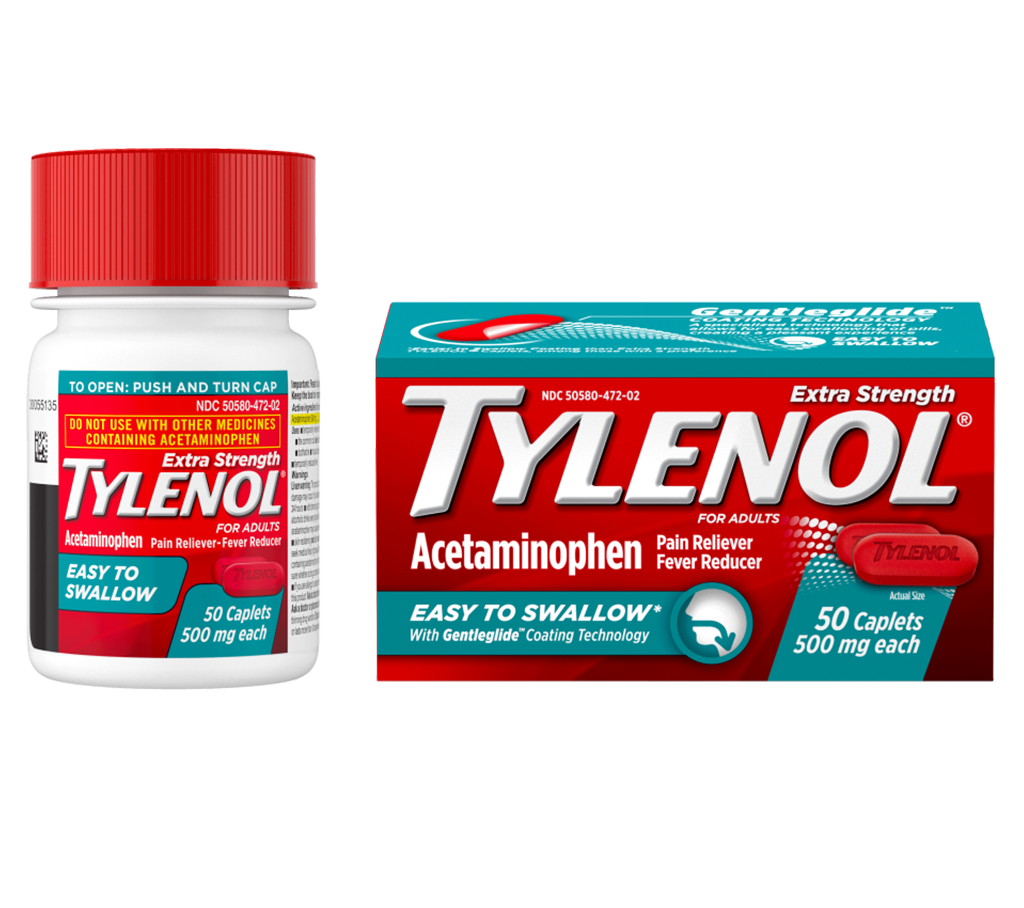What are the symptoms of testicular pain?
Testicular pain can present with various symptoms, including:
- Dull or Sharp Pain: Pain in the testicle that can be dull, aching, or sharp.
- Swelling: Swelling of the testicle or scrotum, which may accompany the pain.
- Tenderness: Increased sensitivity or tenderness in the testicle or scrotum.
- Heaviness: A feeling of heaviness or fullness in the scrotum.
- Redness or Warmth: Redness or warmth in the scrotum, which may indicate inflammation or infection.
- Radiating Pain: Pain that radiates to the lower abdomen or groin area.
- Changes in Testicle Size or Shape: Changes in the size, shape, or consistency of the testicle.
- Nausea or Vomiting: In severe cases, pain may be accompanied by nausea or vomiting.
- Pain During Sexual Activity: Discomfort or pain that occurs during or after sexual activity.
These symptoms can be associated with various conditions, such as infections, trauma, testicular torsion, or tumors. If you experience persistent or severe testicular pain, it is important to consult a healthcare provider for an accurate diagnosis and appropriate treatment.
What are the causes of testicular pain?
Testicular pain can be caused by a variety of conditions, including:
- Infections: Bacterial or viral infections, such as epididymitis (inflammation of the epididymis) or orchitis (inflammation of the testicle), can cause pain and swelling.
- Trauma: Injury or trauma to the testicles can lead to pain, bruising, or swelling.
- Testicular Torsion: A condition where the testicle twists on its spermatic cord, cutting off blood supply. This is a medical emergency that requires immediate treatment.
- Varicocele: Enlargement of veins within the scrotum, which can cause a dull ache or discomfort.
- Hydrocele: Accumulation of fluid around the testicle, leading to swelling and pain.
- Inguinal Hernia: Occurs when a portion of the intestine protrudes into the scrotum, potentially causing pain.
- Tumors: Testicular cancer or benign tumors can present with pain or discomfort, often accompanied by a lump or swelling.
- Epididymal Cyst: Fluid-filled sacs in the epididymis that may cause discomfort if they become large.
- Sexual Activity: Pain can sometimes occur due to prolonged or vigorous sexual activity.
- Testicular Trauma or Injury: Any direct trauma or injury to the testicles can result in pain.
- Referred Pain: Pain originating from other areas, such as the groin or lower abdomen, can sometimes be felt in the testicles.
- Chronic Prostatitis: Inflammation of the prostate gland that may cause referred pain in the testicles.
Identifying the specific cause of testicular pain is crucial for determining the appropriate treatment. If you experience persistent or severe testicular pain, it is important to seek medical evaluation to address the underlying issue effectively.
What is the treatment for testicular pain?
The treatment for testicular pain depends on the underlying cause. Common approaches include:
- Medications: Pain relief can be managed with over-the-counter pain relievers like ibuprofen or acetaminophen. If an infection is present, antibiotics or antivirals may be prescribed.
- Ice and Rest: Applying ice to the affected area and resting can help reduce inflammation and alleviate pain, particularly for injuries or swelling.
- Supportive Measures: Wearing supportive underwear or an athletic supporter can provide relief and reduce discomfort from conditions like varicocele or trauma.
- Surgery: For conditions such as testicular torsion or significant varicocele, surgical intervention may be necessary. Surgery may also be needed to remove tumors or correct structural issues.
- Drainage: In cases of hydrocele, where fluid accumulates around the testicle, surgical drainage may be required if it causes significant pain or discomfort.
- Physical Therapy: If pain is related to a hernia or musculoskeletal issue, physical therapy may help strengthen the surrounding muscles and alleviate pain.
- Hormonal Treatment: For pain related to hormonal imbalances or certain types of tumors, hormone therapy might be considered.
- Avoiding Aggravating Factors: For pain related to sexual activity or excessive physical exertion, modifying activities to avoid aggravating the pain may be advised.
- Regular Monitoring: If the cause of pain is benign and does not require immediate treatment, regular follow-up and monitoring may be recommended to ensure no progression.
Identifying the specific cause of testicular pain is essential for determining the most effective treatment. Consulting a healthcare provider for an accurate diagnosis and tailored treatment plan is crucial.

Leave a Reply
You must be logged in to post a comment.